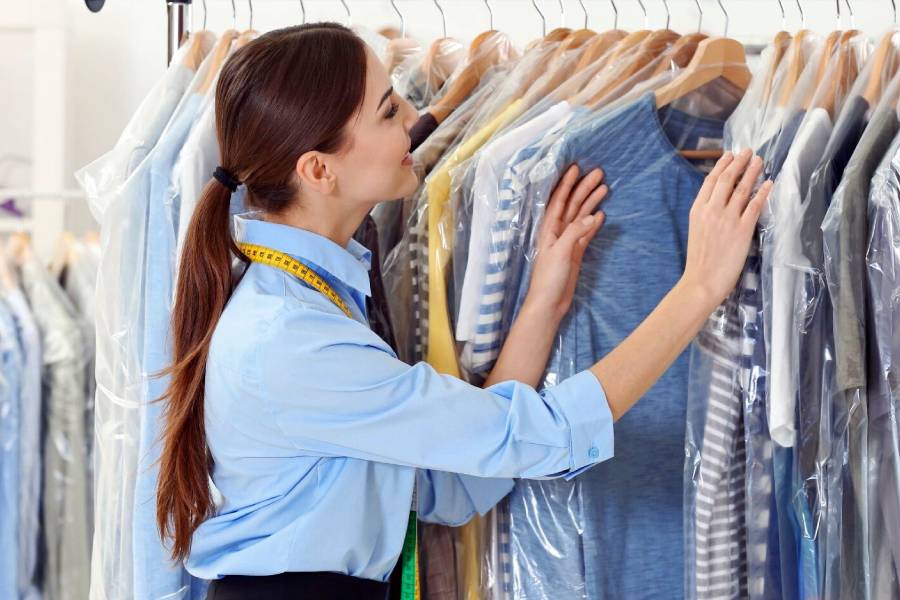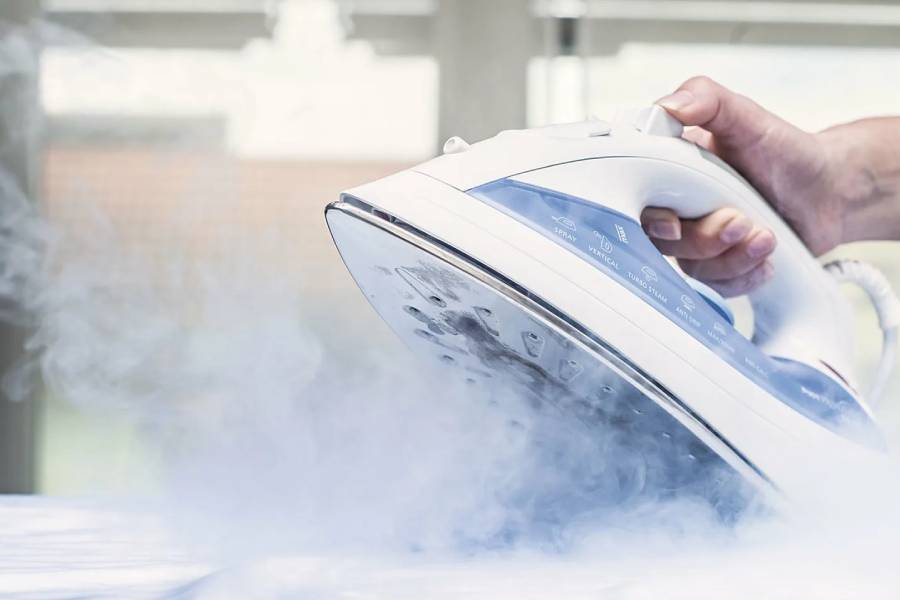From Inception to Modern-Day Ironing Services: A Brief History

Ironing, a household chore as old as textiles, has undergone a remarkable transformation over the centuries. From the rudimentary tools of the past to today’s sophisticated ironing services, the journey reflects technological advancements, changing societal norms, and economic developments. This article explores the invention, creation, evolution, and significance of ironing services as a part of the laundry Dubai, shedding light on how this essential task has adapted to meet the needs of modern society.
The Invention and Early Days of Ironing
Ironing’s origins can be traced back to ancient times when people discovered that applying heat and pressure to fabric could remove wrinkles and improve the appearance of clothing. The earliest ironing tools were likely smooth stones or glass used to press clothes; a method that evolved with the introduction of metal pans filled with hot coals in the Middle Ages. These “smoothing irons” were cumbersome and hazardous but represented a significant step forward in garment care.
The 17th and 18th centuries saw the advent of the flat iron, which was heated on a stove or fire before use. This innovation made ironing more accessible, though it remained time-consuming and labor-intensive, often relegated to women or domestic servants. The Industrial Revolution brought further advancements, including the introduction of gas and electric irons, which significantly eased the ironing process by providing consistent heat without needing constant reheating.

The Creation of Ironing Services
As societies industrialized and urbanized, the demand for professional garment care services grew. The late 19th and early 20th centuries saw the emergence of commercial laundries that offered washing and ironing services, catering primarily to the burgeoning middle and upper classes. These services were a luxury for many, symbolizing a shift towards greater convenience and time-saving in domestic chores.
The post-World War II era marked a significant turning point, with rapid technological advancements and changing gender roles leading to increased demand for convenience-oriented services. Ironing services began to proliferate, offering busy households a solution to the tedious task of ironing. These services ranged from small, local operations to larger chains, all promising to return garments pressed to perfection.
Evolution of Ironing Services
The evolution of ironing services has been driven by continuous innovation in ironing technology and a growing emphasis on customer convenience. The late 20th and early 21st centuries introduced sophisticated equipment like steam presses and ironing machines that could quickly and efficiently handle large volumes of garments. Combined with the rise of the internet and mobile applications, these technologies have transformed ironing services into highly accessible and user-friendly solutions.
Ironing services are often part of broader offerings that include laundry, dry cleaning, and even wardrobe management. Many operate with online booking systems, pick-up and delivery options, and customizable service packages, catering to the needs of a diverse clientele ranging from busy professionals to commercial establishments.

The Significance of Ironing Services Today
Ironing services have become more than just a means to ensure wrinkle-free clothes in our fast-paced world. They represent a valuable time-saving solution for individuals and families, allowing them to focus on other priorities without compromising the appearance and longevity of their garments. For businesses, professional ironing services ensure that employees present a polished and professional image, which can be crucial in customer-facing industries.
Moreover, ironing services support sustainable fashion by prolonging the lifespan of clothing. Well-maintained clothing has a longer lifespan, which lowers the need for regular replacements and, as a result, the environmental effect of clothing manufacture and disposal.
Conclusion
Ironing services’ journey from humble beginnings to the sophisticated operations of today mirrors broader societal changes, including technological progress, evolving gender roles, and the ever-increasing pace of life. As we look to the future, it is clear that ironing services will continue to adapt and innovate, meeting the demands of modern consumers for convenience, quality, and sustainability. In doing so, they make our lives easier and contribute to a more sustainable and efficient approach to garment care.